FAQ // WHAT IS MERCHANDISING?
This is the second installment of a FAQ series that I began earlier this week. Many people who are interested in a career in fashion (that doesn’t necessarily involve blogging) have asked me to better define the role of merchandising and to also further explain how I got my start in corporate fashion. Today, I am going to take you through my career path in merchandising. This is quite long, but I felt shortening and abbreviating what merchandising is and all the work behind creating a line would simply not do it justice!
I attended the University of Florida and studied both political science and business. I have always loved fashion, but being unsure if I wanted that to be my career path, I did not seek out schools that had fashion related studies. During my college years I did a number of internships, including a regional internship with Saks Fifth Avenue. I loved the experience, but was still not convinced that I wanted a career in fashion. I feared that without a formal education in an area of fashion I would have to go through the grueling (and expensive) process of taking on numerous internships in a place like New York City before being awarded an opportunity of a salary based fashion role.
Well, I found out that I was wrong. Through a friend I discovered the RMP (Retail Management Program) at Gap Inc. I first applied, interviewed over the phone, had a regional interview, and finally, was selected to fly to San Francisco for a final stage of interviewing. The entire interview process was quite intense, but the final stage was particularly intimidating. It including multiple 2-on-1 interviews, a group project (to be completed in front of a panel) with follow up questions, and two math tests (one being timed). I was beyond thrilled when I was accepted. The program would be a paid salary nine-month rotational management program. I would go on be trained in merchandising at the Gap brand, inventory management at Banana Republic, and product development/production at Old Navy. I was able to learn three key skills at three very different brands to help me better understand my strengths and weaknesses, as well as better understand how all these different functions, teams and brands are ultimately dependent on each for success.
At the end of the program, I was given the chance to apply for a full-time role in the the functions that were the best fit from a score/feedback and interest perspective. I ended up being the most interested in merchandising and has also received positive feedback within the function so it felt like the best fit for me. Merchandising is balancing the art and the science of fashion and retail. As a merchant, you are responsible for partnering with design to create an on trend, on brand, aesthetically pleasing line, but also simultaneously responsible for the financial performance in market and for meeting all the financial metrics that have been created and set. Merchandisers see the line from start to finish, starting with hind sighting the previous year in the respective category or function, helping to build the financial plan for the upcoming year, writing roadmaps for all of the needs for the year, partnering on the design and production processes, ranking and buying all styles appropriately, setting the final pricing, tracking delivery and distribution, in season planning including markdowns and promotions, and finally, once the season is completed, hind sighting and starting the process again. Each day looks completely different as seasons overlap and you are forced to tackle different phases of the lifescycle for different seasons. For example, on a Tuesday in October, you may be managing the following season’s design process for fall, hind sighting the recently ended summer season, while also living in the trenches of planning holiday pricing strategies and ensuring proper inventory deliveries or the current season. It can be a lot to manage!
** wearing some of my favorite Old Navy outerwear pieces I worked on below!

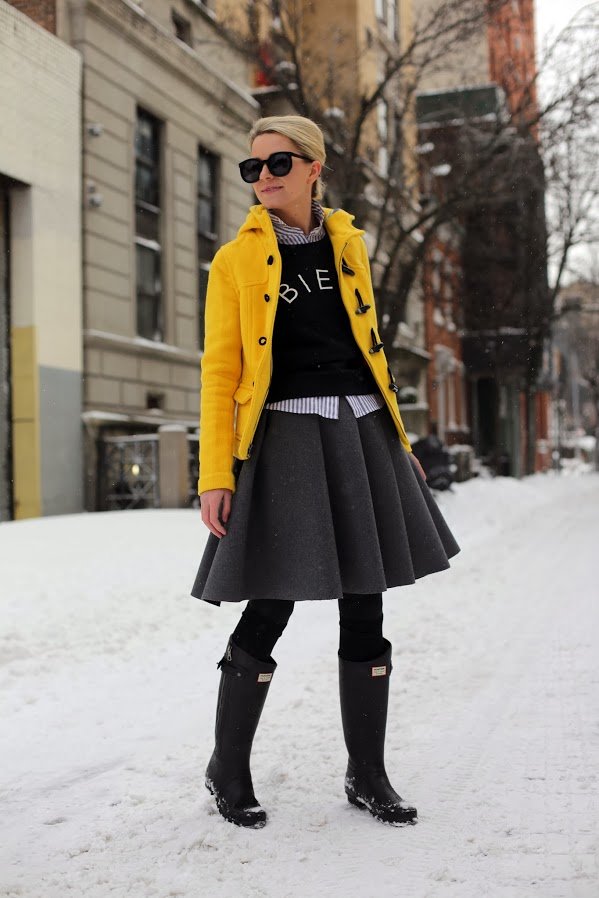
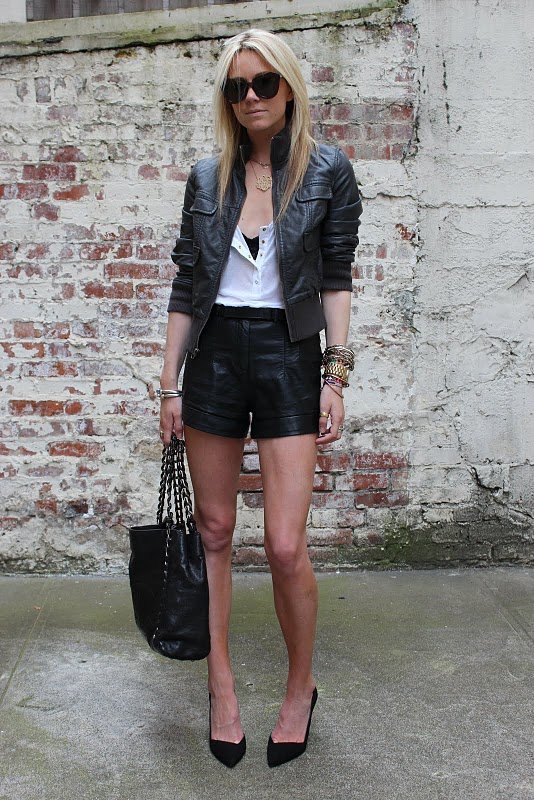
I stayed at Gap Inc. for five years, during which I worked in Men’s accessories and basics, women’s dresses and outerwear categories, and finally helped in creating a faster pipeline for the brand, establishing a mini capsule collection each season that was known ‘Women’s Fast’. Most seasons take about 32 to 36 weeks from the time you hand the roadmap over and discuss inspiration to the day the product can reach the customer, this is known as the product pipeline. Many retailers like Zara operate on a much faster pipeline, typically 12 to 16 weeks, so they can bring more on trend product to the consumer and read needs/wants closer to the selling period. At Old Navy, we were exploring how that would work for our Women’s business, and if a faster pipeline would indeed drive additional sales by reading trends closer to market. The role was so different and challenging than my past roles, and I loved it. The ability to have more oversight into an entire business unit, versus just a product category, was an incredible experience. And, being able to utilize the vast resources of a huge organization, while operating from the inside as a more of a start-up, provided so many unique challenges. A little over a year into that position, Andrew and I decided to move from San Francisco to New York!
In NYC there were A LOT more merchandising opportunities, with so many fashion brands and retailers being located in the city. I wanted to be strategic in choosing the next step in my career and was looking to play to my strengths while learning a new skill set. I had worked for a mainly U.S. based, mass, vertical retailer, and was now looking for experience with an international, higher-end, wholesale/DTC (direct to consumer) brand in order expand my knowledge and experience. For me, Tory Burch checked all the boxes. I interviewed at nearly a dozen other brands throughout the process, but was thrilled to land at Tory in Ready to Wear (clothing). I was actually already consulting with the brand as one of the current directors was out on maternity leave, but moved into a full time role in Accessories once she returned. Accessories was an amazing opportunity for me to expand my product knowledge and learn about the materials, construction, and factory bases within an entirely new area. At Tory I expanded my knowledge in a new category, working in foreign markets (particularly buying patterns and needs in Asia), and operating within more of a wholesale model (not just buying for your own stores, but working with retailers such as a Shopbop or Nordstrom who carry your line).
**wearing some of my Tory Burch favorites! Fun fact while very new, my favorite collection ever presented while at Tory was SS13.
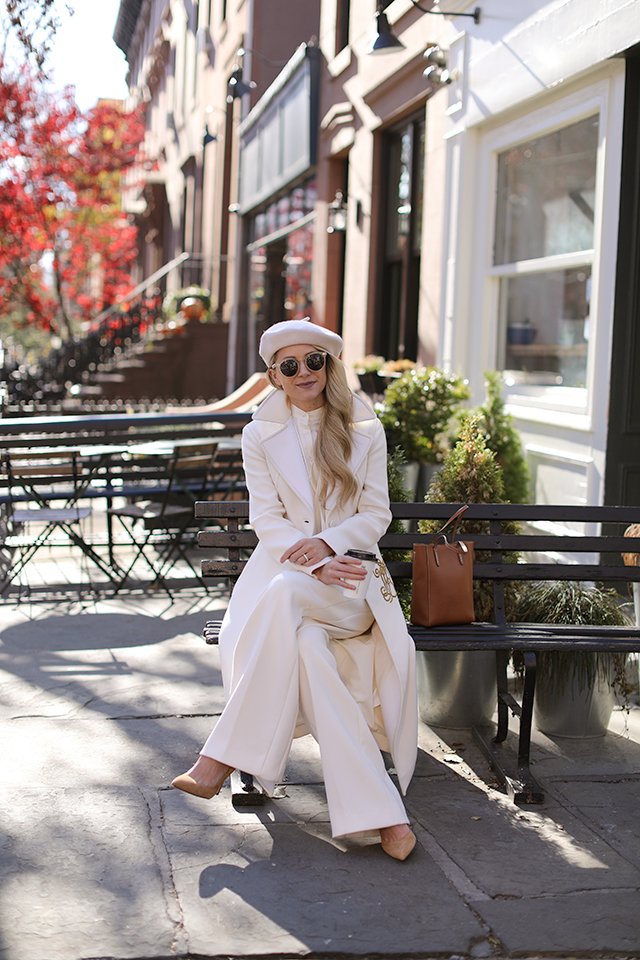
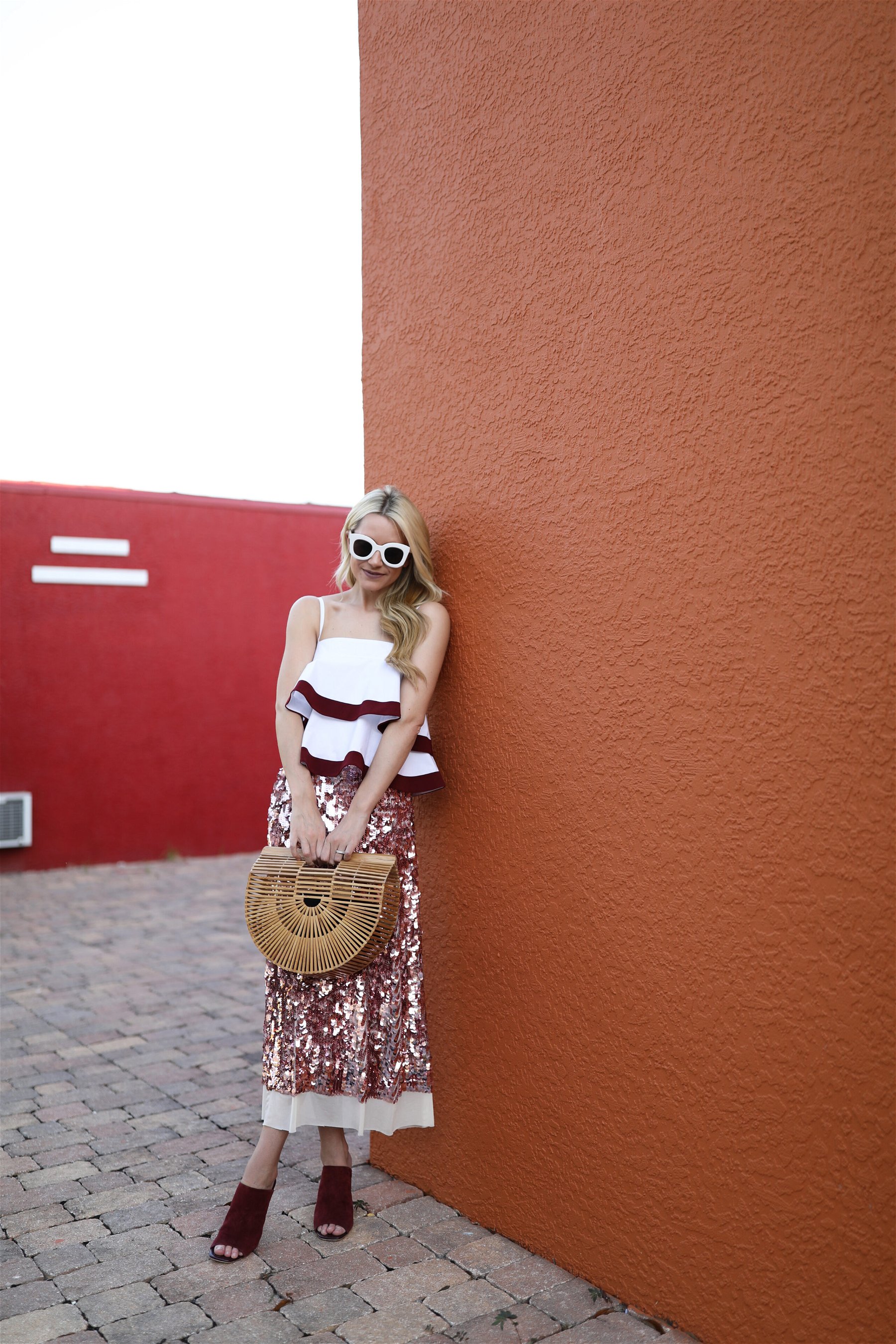
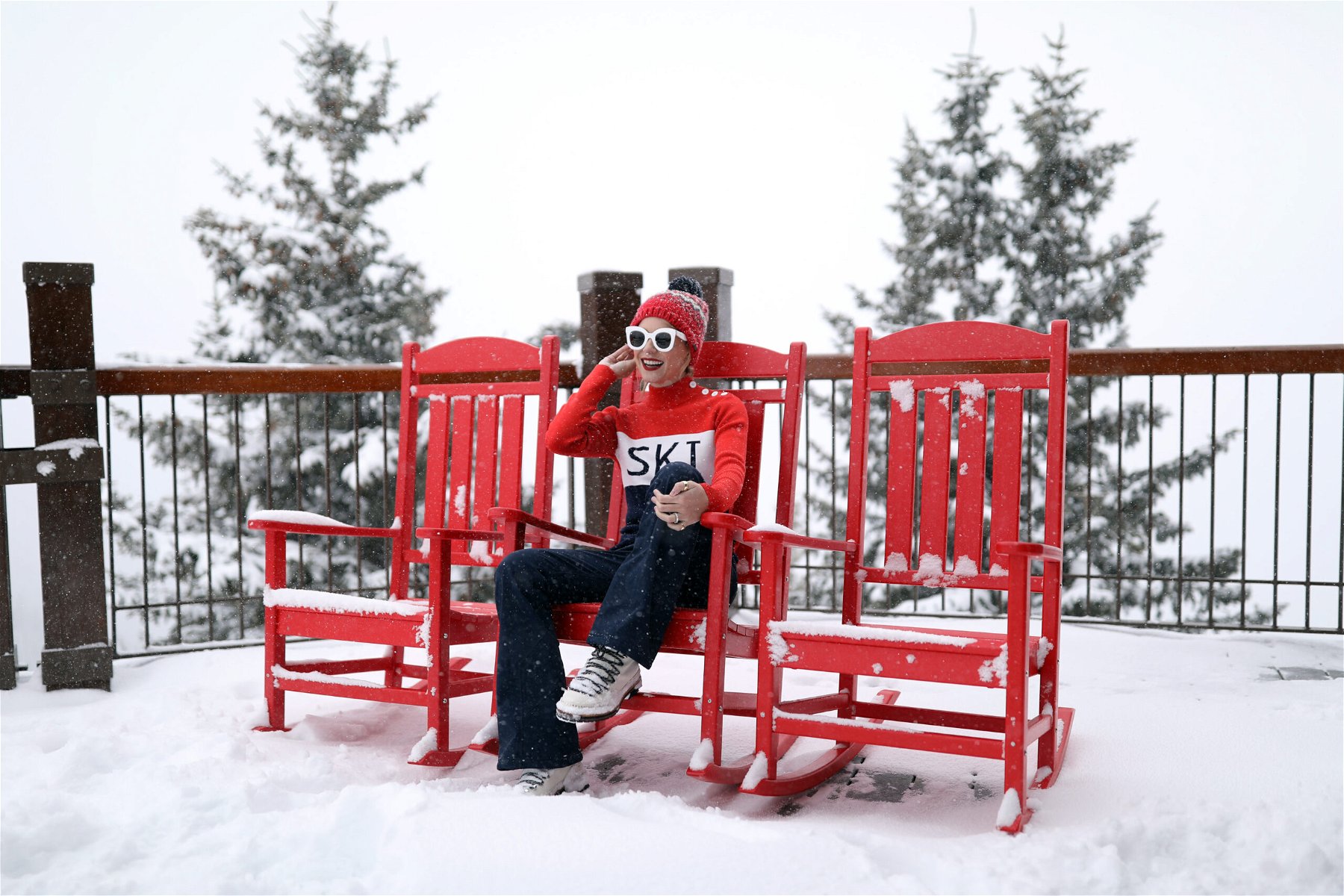
Tory was also a unique experience as it was in the midst of such explosive growth (and the growing pains that come with incredible success). I was asked to take on a more active role in areas outside of merchandising, specifically in digital and brand marketing. The brand brought to market more exclusive product offerings, the likes of which I did not experience at Gap Inc., such as the seasonal runway collections and various exclusive capsules for many of our retail partners. The opportunity to work alongside a namesake designer who was incredible, personable, and so deeply involved in the brand, was inspiring to say the least. I had so many pinch-me moments during my time with the company. Outside of merchandising, gaining insight into the world of marketing, taking a very active role on the special projects team, and developing exclusive store opening products, gave me so much more insight into the intricacies of a truly creative led business.
It was during my time with Tory that I also learned the most about managing others as well as working hand-in-hand with multiple teams with different goals and priorities. Being a good manager, inspiring a team, and being seen as a productive and positive peer, are absolutely critical to career growth, not to mention the success of the company. I was far from perfect, and probably made a few mistakes along the way, but I learned so much about myself and what it takes to really excel past being an individual contributor within a large organization.

I wouldn’t want to talk about my career path within merchandising without mentioning the wonderful people who surrounded me. People truly make or break the culture within any company and I was incredibly lucky and proud to operate within, and hopefully contribute, to the culture of the organizations that I worked. Over my ten years in the corporate world, I met my fiancé, some of my best friends, multiple mentors, and some of my strongest supporters. It’s funny what your best memories become. Road trips to visit stores in the middle of nowhere, eating pizza on the creative room floor in the middle of the night (after having just finished reviewing hundreds of samples), getting through really tough periods of business, attending happy hours that turned into dinners that turned into nights out, and all the little moments in between. To me, my work never really felt much like work. And for that, above all, I am so thankful.
I hope this has given you some insight into merchandising and my personal career path. I look forward to writing the next few installments, focusing more on the advice that I feel has helped me the most.
